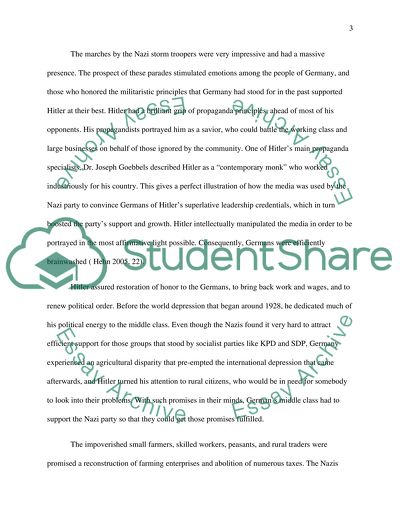Cite this document
(“The Nazi Party Essay Example | Topics and Well Written Essays - 1750 words”, n.d.)
The Nazi Party Essay Example | Topics and Well Written Essays - 1750 words. Retrieved from https://studentshare.org/history/1439537-how-did-the-nazis-gain-the-support-of-the-army
The Nazi Party Essay Example | Topics and Well Written Essays - 1750 words. Retrieved from https://studentshare.org/history/1439537-how-did-the-nazis-gain-the-support-of-the-army
(The Nazi Party Essay Example | Topics and Well Written Essays - 1750 Words)
The Nazi Party Essay Example | Topics and Well Written Essays - 1750 Words. https://studentshare.org/history/1439537-how-did-the-nazis-gain-the-support-of-the-army.
The Nazi Party Essay Example | Topics and Well Written Essays - 1750 Words. https://studentshare.org/history/1439537-how-did-the-nazis-gain-the-support-of-the-army.
“The Nazi Party Essay Example | Topics and Well Written Essays - 1750 Words”, n.d. https://studentshare.org/history/1439537-how-did-the-nazis-gain-the-support-of-the-army.


